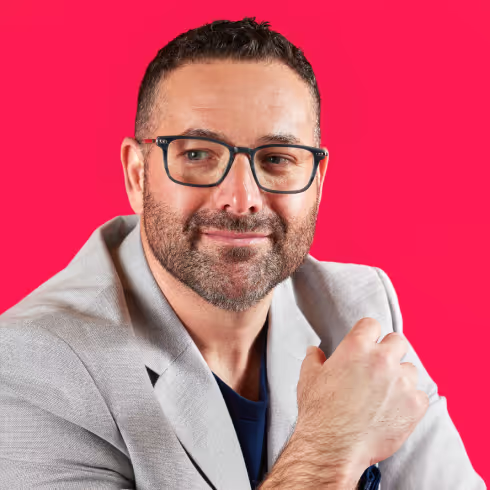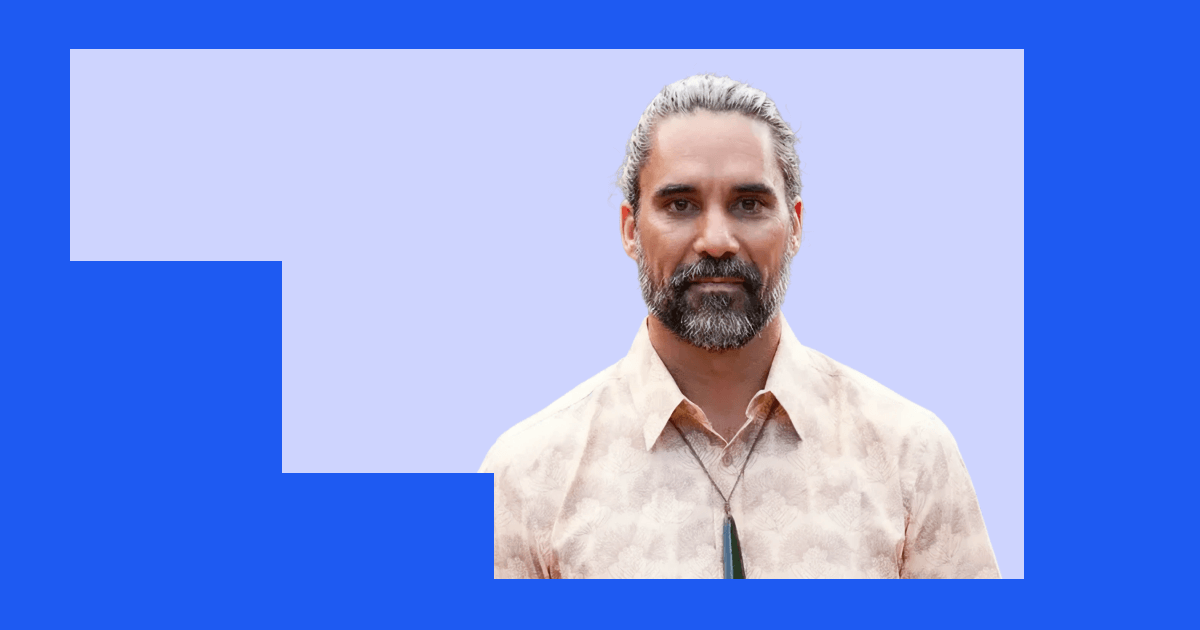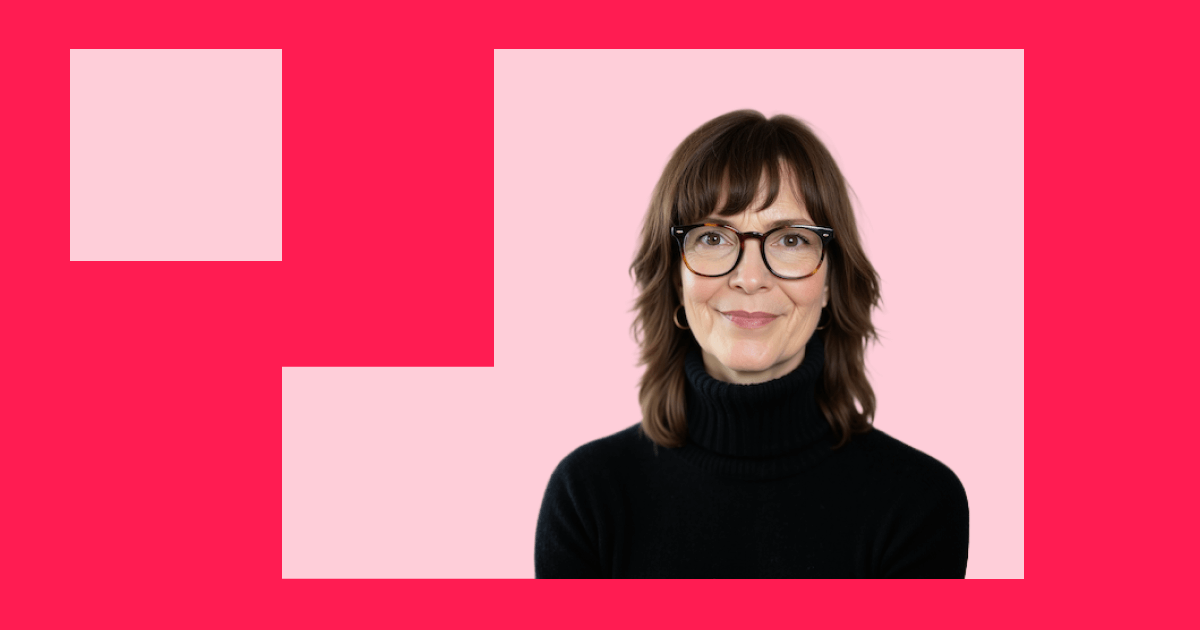Deja de contar ovejas: explora la transformación digital que está abordando la apnea del sueño


If you’ve ever found yourself sharing sleeping quarters with someone who snores, you know just how disruptive (and, let’s face it, annoying) it can be. Losing sleep isn’t just lousy, though, it’s downright unhealthy. And not just for you — the snorers in your life may be afflicted by sleep apnea, a highly underdiagnosed and undertreated disorder that affects a billion people globally, and can lead to various health issues, such as high blood pressure, heart disease, and stroke if left untreated.
What does all of this have to do with business innovation? That’s exactly what Dr. Daniel Rifkin, CEO of Ognomy, discussed during his conversation with Clinton on Catalyst this week. As a healthcare app that aims to make it easier for patients to get treatment for sleep apnea, Ognomy isn’t just a personal health tool — it’s also a perfect example of how a organization’s willingness to think big, experiment, and even reinvent their business model can completely change the game for the market and the people it serves.
Check out the highlights below, then dive into the full episode to learn more about the challenges and opportunities that come with launching such disruptive technology.
The original business
As the President of the Sleep Medicine Centers of Western New York, Dr. Rifkin realized the profession has a problem: it’s difficult for the average person to get diagnosed and treated for sleep apnea. Most people don’t live near cutting-edge centers like his, and even the ones who do go through a long process of sleep studies, CPAP machines, and months of follow-ups.
The big idea
Everything is on your phone now — why not medical care too? Using an app for core competencies of sleep medicine, specifically the face-to-face visit with a provider, significantly cuts down time to care.
Bringing the idea to life
It’s not just a virtual doctor’s visit. Instead of relying solely on in-laboratory testing, Ognomy leverages FDA-approved home sleep tests for diagnosing obstructive sleep apnea.
Expansion 1.0
Removing friction isn’t enough to build a successful business; the experience must also be amazing. (Think about it — would Uber be so successful if you had to hop in a smelly cab every time you needed a ride? Nope.) That’s why Dr. Rifkin’s team of self-professed “data geeks” built an analytics layer to see how smooth the patient experience actually is, and now they make UX improvements accordingly.
Expansion 2.0
To uplevel the patient experience even more, Dr. Rifkin’s team expanded the app into an end-to-end platform so that home health companies could offer virtual care after the patient’s diagnosis. At the same time, physicians all over the country have become customers because they use the platform in their own practices. What started as more convenient care is now a SaaS product that has revolutionized sleep medicine.
Expansion 3.0
Like any other business innovator, Dr. Rifkin is always thinking about what comes next. Whether that’s providing instant insurance copay and coinsurance details, using AI to help accelerate treatment, or something else entirely, count on this technology to keep growing!
As always, don’t forget to subscribe to Catalyst wherever you get your podcasts! We drop a new episode every Tuesday, and each one is jam-packed with catalysts for digital experiences that move millions.





